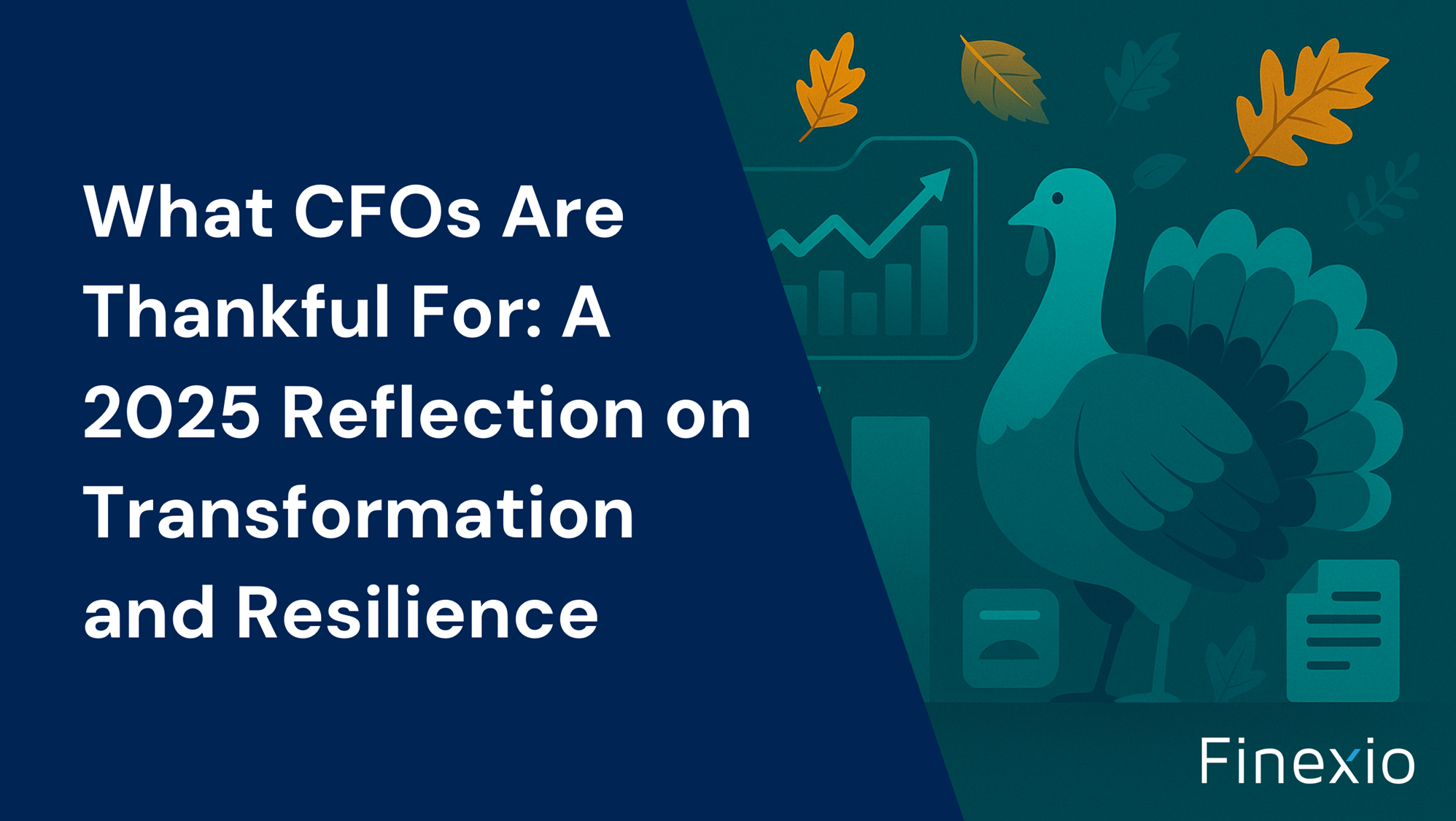7 Strategies to Weather the U.S.-China Trade War


As trade relations remain contentious, proactive working capital management becomes paramount
The U.S.-China trade war is intensifying, and businesses are experiencing compressed profit margins, working capital challenges and ongoing economic uncertainty. How can CFOs and finance executives navigate these impacts and avoid escalation of risk due to these factors outside their control?
1. Forecast how tariffs might affect customer demand: As tariffs spread beyond China, it’s critical to keep your finger on the pulse of how tariffs might impact customer demand. If your business exports a significant amount of it’s products — or imports critical components — you are already experiencing tariff-related stress. Engaging in proactive forecasting of how new, additional or merely a continuation of current tariffs may impact your business in upcoming quarters and over the next few years can arm you with valuable data. You can then use this data to adjust your product and service mix, consider new sourcing alternatives, create new pricing strategies and adjust your marketing and sales budgets.
2. Collaborate with suppliers to divide tariff costs: When tariffs first came on the scene last year, you might have just assumed the costs, on the theory that this situation was likely to be short-lived. However, now that tariffs have become a more permanent feature in U.S. foreign and economic policy, those practices are downright dangerous. Even though you’ve already brokered agreements with your suppliers on tariff impacts, it’s time to take another look at the situation and re-open negotiations for the long haul. Before you do so, thoroughly analyze the current and expected impact of tariffs on your operations. Decide the outcome you’d like to see and negotiate with suppliers to achieve the best possible outcome for the health of your business and your suppliers’ businesses — because you can’t operate without them.
3. Re-evaluate capital spending: When you’re facing uncertainty, liquidity challenges and rising expenses, it’s time for the cap-ex budget to get a second look. Postpone or cancel projects that don’t directly contribute to the bottom line and substitute less-expensive solutions, such as independent contractors over new employees. Perhaps a three-month freeze on hiring, travel or expenses over a certain amount will preserve cash while you determine what expenditures are absolutely necessary going forward.
4. Analyze product sourcing: Everyone’s doing it — backpedaling out of China as quickly as possible into markets such as Vietnam. Of course, it’s not that easy, unraveling supply chains that you’ve established over the years. If you’re uncertain as to what to do, a good first step involves collecting data to make smart decisions. What alternative markets might work and what are the costs? How much will it cost to unravel your current supply chains? What are the opportunity costs of staying or leaving? How much disruption might a change cost your company and your customers?
5. Monitor the micro-economic climate: The impacts of tariffs on businesses vary widely. That’s why there is no one-size-fits-all solution. Take the temperature of your business and your industry, considering the impact of current tariffs and how additional tariffs could affect your company in the future. You can do this by more closely monitoring the trade press in your industry, checking in with industry peers and digging deeper into your financial data to see what metrics are the most valuable in predicting tariff-related stress.
6. Increase working capital flexibility: Because the outlook for continued, future and additional tariffs is so unclear, your working capital is an asset that you must protect. Consider what changes in your A/P and A/R policies you can implement to preserve and increase working capital. Dynamic discounting is a tool that you can adopt to increase working capital that offers your suppliers discounts in return for faster payments, when such arrangements are advantageous for your finances. Adopt flexible payment platforms that facilitate adaptable payment methods that don’t tie up working capital for weeks, as paper checks tend to do.
7. Cut operational costs: Operational costs have a giant target on their back for a good reason — reducing costs is a great way to increase profits and working capital. Switching to a payments platform that reduces paperwork, labor and actually generates new revenue in the form of rebates can create a significant reduction in payables costs. By converting paper payments to digital payments, Finexio typically saves its clients approximately $300,000 in costs straight to the bottom lin. It’s a great way to reduce costs without any disruption to operations.
Get the free Newsletter
Get the latest information on all things related to B2B and electronic payments delivered straight to your inbox.




